
The First Amendment Monument at Independence National Historic Park/Wikimedia commons
If journalists are truly concerned about “fake news” or “false news,” there is a simple solution.
Call out the people doing shoddy journalism and explain why readers should be concerned as Rolling Stone did on Monday. It picked a big target, too; nothing less than The Washington Post and its suggestion that Russian propaganda might have won the election for president-elect Donald Trump.
“The thrust of (Post reporter Craig) Timberg’s astonishingly lazy report is that a Russian intelligence operation of some kind was behind the publication of a ‘hurricane’ of false news reports during the election season, in particular stories harmful to Hillary Clinton. The piece referenced those 200 websites as ‘routine peddlers of Russian propaganda,’” wrote Rolling Stone’s Matt Taibbi.
Taibbi did not take the easy road of calling for government regulation to solve this fake news/false news problem. He took the high road by doing what journalists are supposed to do: their goddamn jobs.
Taibbi set a standard for what others should be doing. He did not make nice with the Post as part of Club Journo. He forthrightly pointed out why what it did was fundamentally wrong in terms of responsible journalism.
“…The vast majority of reporters would have needed to see something a lot more concrete than a half-assed theoretical paper from such a dicey source (as propornot.com) before denouncing 200 news organizations as traitors,” he wrote.
“But if that same source also demanded anonymity on the preposterous grounds that it feared being ‘targeted by Russia’s legions of skilled hackers’? Any sane reporter would have booted them out the door. You want to blacklist hundreds of people, but you won’t put your name to your claims? Take a hike.
“Yet the Post thought otherwise, and its report was uncritically picked up by other outlets like USA Today and the Daily Beast. The ‘Russians did it’ story was greedily devoured by a growing segment of blue-state America that is beginning to fall victim to the same conspiracist tendencies that became epidemic on the political right in the last few years.”
The Alaska Dispatch News, which has a publication agreement with the Post, was among the news organizations happily picking up the Post story suggesting Russian-backed fake news might have tipped the presidential election in favor of Donald Trump.
Taibbi’s criticism of the Post and the journalistic echo-chamber to which it played is that journalism is supposed to have standards.
Facts head the list of standards. The Post story was not supported by any facts. The Post story actually bowed to the propornot.com, anti-transparency belief that facts are irrelevant because it doesn’t matter if the blacklisted websites published factual information or “knew they were echoing Russian propaganda at any particular point: If they (published) they are at the very least acting as bona-fide ‘useful idiots’ of the Russian intelligence services….”
Neither propornot.com nor the Post specifically defined what constitutes “Russian propaganda,” but generally indicated anything anti-Hillary Clinton and/or pro-Donald Trump qualified.
Taibbi links this behavior to the incredibly partisan politics of America today.
“A lot of reporters over the summer were so scared by the prospect of a Trump presidency that they talked – in some cases publicly – about abandoning traditional ideas about journalistic ‘distance’ from politicians, in favor of open advocacy for the Clinton campaign,” he writes.
“These journalists seemed totally indifferent to the Pandora’s box they were opening. They didn’t understand that most politicians have no use for critical media. Many of them don’t see alternative points of view as healthy or even legitimate.”
Whoa, whoa, whoa
Taibbi is partially right about journalists abandoning or wanting to abandon traditional journalistic standards in order to advocate for a Clinton presidency, but he is only partially right. The fundamental idea that journalism should be a fact-based business was fading long before the election.
Economic pressures years ago began to transform journalism. Old mainstream news organizations – what former Alaska Gov. Sarah Palin likes to call the “lamestream” – became increasingly click-based news organizations instead of fact-based news organizations as they moved online.
Old news organizations started the business on the journey down the road to false news, and they are these days as guilty of continuing along that path as some of the websites devoted to flat-out “fake news.”
The suggestion that some kids in Macedonia created fake news that helped Trump win the election has been everywhere on mainstream websites of late, and the Guardian went all in with Hannah Jane Parkinson’s column claiming “Click and elect: how fake news helped Donald Trump win a real election.”
The journalistic problem is that there is no evidence to support that claim. None.
“The influence of verifiably false content on Facebook cannot be regarded as ‘small’ when it garners millions of shares,” Parkinson writes.
Maybe it can’t. Maybe it can. The fact is nobody knows. All anyone knows is that some fake stories about Clinton were regularly shared.
Maybe they were believed. Maybe they weren’t.
Maybe they changed minds. Maybe they didn’t.
Maybe they were only read by people who were going to vote for Trump no matter what. Maybe they weren’t.
Maybe Clinton supporters shared them thinking they were so absurd they were funny. Maybe they didn’t.
And maybe they now have everyone distracted from the real issue.
All that sharing
BuzzFeed.com started much of this Macedonia madness with a story headlined “How Teens In The Balkans Are Duping Trump Supporters With Fake News.”
So was it kids trying to make money, or was it the Russians?
But wait, that’s a topic for a different story. Let’s stick to the Macedonia madness.
The BuzzFeed story had the same problem as those that have come since. Nobody knows if Trump supporters were duped. Possibly, maybe probably, some were. Possibly so, too, some Clinton supporters were duped by the mainstream.
All that is factually known about the false stories reportedly coming out of Macedonia is that in many cases they were shared far more often on social media than were stories originating in the mainstream.
The question that really needs to be asked then is “why?”
Is all this sharing a reflection of the success of fake news, the failings of the mainstream media, or a little of both? Is it possible some segment of the American public thinks the mainstream so inaccurate or so slanted that it doesn’t care if its news is fake?
If you happened to engage in or monitor any of the discussion flowing across the country’s vast political divide in the lead up to the election, as opposed to staying within your like-minded group, you might have noticed something interesting.
A lot of people used internet links to make the point that the candidate they disliked was flawed, and most of these people – right or left – didn’t worry much about the bona fides of the authors of those links. They went looking for a link that reflected what they already believed and said, “there, see!”
BuzzFeed reported one of the most shared stories from a Macedonia-based site had a headline that read “Hillary Clinton In 2013: ‘I Would Like To See People Like Donald Trump Run For Office; They’re Honest And Can’t Be Bought.’”
The headline is almost true. In a private speech to a bunch of Goldman Sachs financiers, Clinton said she would like to see more successful business people in politics, though should did not specifically mention Trump by name.
Many a mainstream news outlet called out on something like this would defend it, arguing that while Clinton didn’t mention Trump by name she did mention successful business people and that is close enough; no correction is warranted.
And you most certainly wouldn’t see a publication like the New York Times going after a publication like the Washington Post for a story engaging in this sort of journalistic over reach. That would violate the rules of the club.
Far more blatant violations of the idea that journalism should be fact-based have taken place in Alaska in the last few years, and competing news publications have willingly overlooked the frauds committed by competitors.
#Badjournalism
This is the mess mainstream journalism has made of things:
Logic should dictate that Trump, a man born with a silver-spoon in his mouth and raised in the lap of luxury who ran on a populist platform, cannot get elected president in a country where the majority of voters are middle class or lower.
Why would these people put their trust in such a man? What could they possibly see in him that they would think likely to make their lives better?
The only logical answer to these questions is that a bunch of Americans believe the system is so broken that they don’t care if Trump’s promises are false or not. They are willing to vote for anyone who at least offers them hope.
And they’re not about to believe a media they don’t trust that tells them a vote for this guy would be a bad idea.
The electoral map reflecting Trump’s victory coming from states that are economically struggling or believe their ideas of “family,” for lack of a better word, have been overlooked by better-off, urban elites points strongly at this possibility.
You’d think the media might be taking a serious look at this, and an even more serious look at why so much of the country takes such a dim view of the mainstream whether in print, on the air, or online.
Yes, maybe all those people out there in middle America (and Alaska) are country-bumpkin idiots. Maybe they aren’t as smart as the members of Club Journo. Maybe they don’t understand why it is sometimes more important to protect club members than fact-based reporting.
But maybe they’d like to see more people behaving like Taibbi at Rolling Stone, who not only calls out the Post and fake/false news but points to a bigger danger facing U.S. journalism today, a danger that makes fake news, most of which is so bad anyone with half a brain can spot it, or harder-to-spot false news look rather insignificant.
The bigger danger?
The ever-growing association between journalists, politicians and the bureaucracy leading to the slow but steady transformation of the media into another arm of government.
“…In the end what will happen is that they (journalists) will adopt the point of view of their political sponsors,” Taibbi writes. “They will soon enough denounce other reporters and begin to see themselves as part of the power structure, as opposed to a check on it.
“This is the ultimate in stupidity and self-annihilating behavior. The power of the press comes from its independence from politicians. Jump into bed with them and you not only won’t ever be able to get out, but you’ll win nothing but a loss of real influence and the undying loathing of audiences.”
Nowhere in the country should this last warning ring louder than in Alaska at this moment.



































 Pakistan army foiled an attempted suicide bombing attack by Tehreek-e-Taliban Pakistan Jamaat-ur-Ahrar group on a military camp near the Afghan border on Saturday morning, 26 November – File photo
Pakistan army foiled an attempted suicide bombing attack by Tehreek-e-Taliban Pakistan Jamaat-ur-Ahrar group on a military camp near the Afghan border on Saturday morning, 26 November – File photo
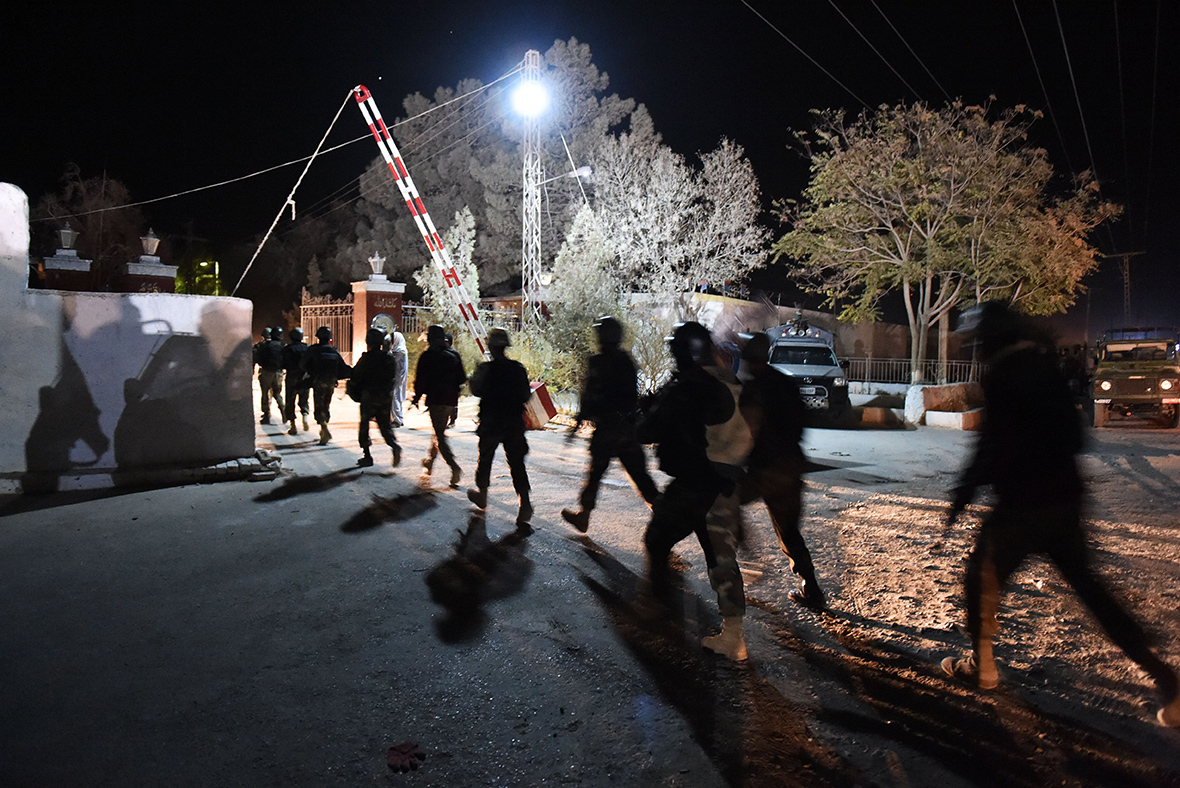









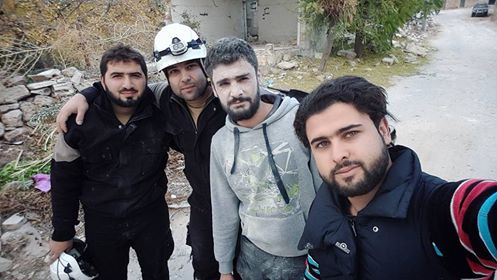



































 Donald Trump
Donald Trump


 Saudi Minister of Energy, Industrial and Mineral Resources Khalid al-Falih arrives for the opening ceremony of the Qatari and Saudi Economic Forum on November 6, 2016 in Riyadh. (Photo FAYEZ NURELDINE/AFP/Getty Images)
Saudi Minister of Energy, Industrial and Mineral Resources Khalid al-Falih arrives for the opening ceremony of the Qatari and Saudi Economic Forum on November 6, 2016 in Riyadh. (Photo FAYEZ NURELDINE/AFP/Getty Images)






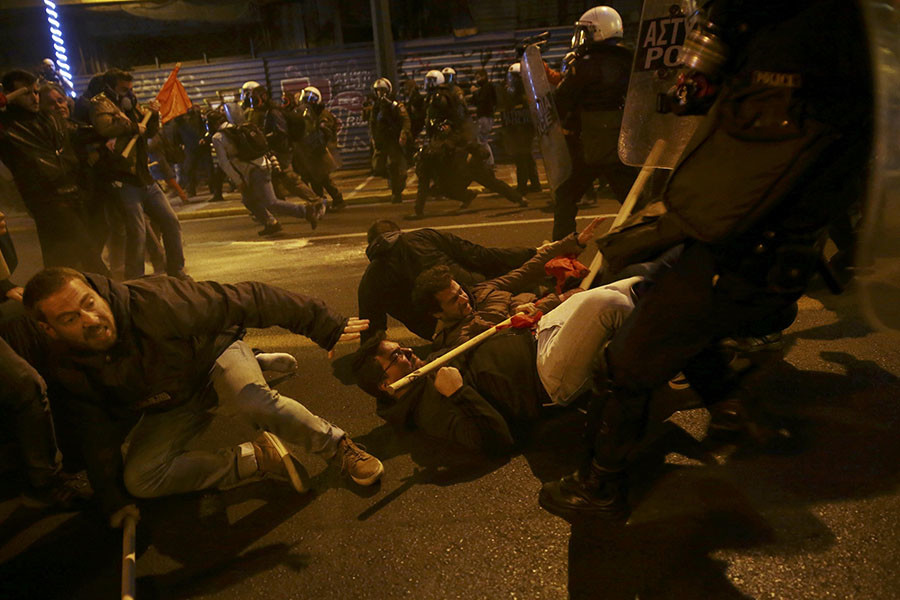
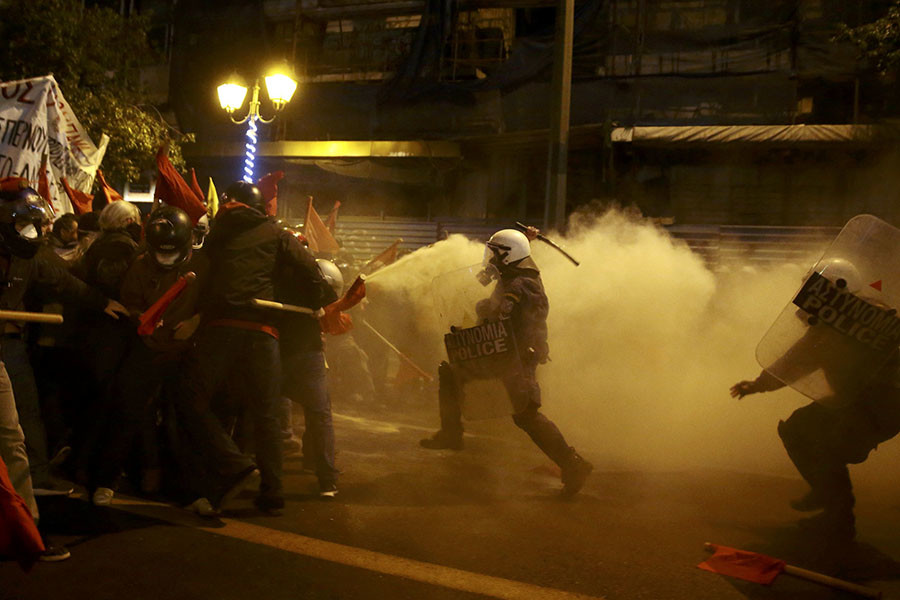



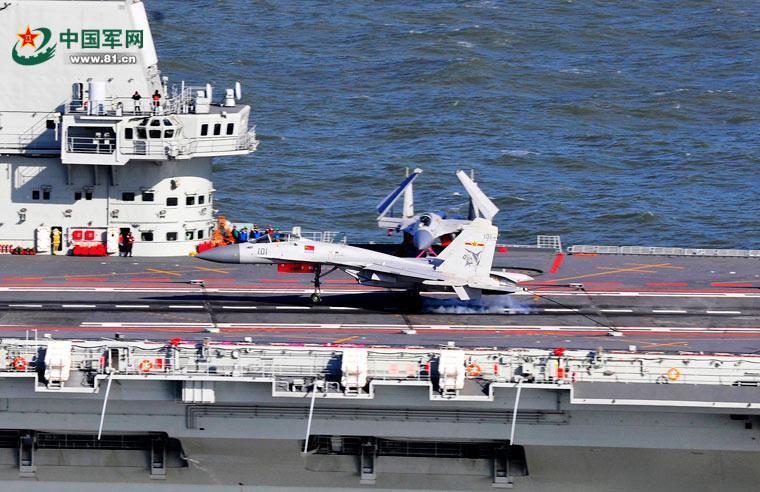















 US president Barack Obama: his decision shows “a belated realisation that Nusra has become the most powerful insurgent group in Syria”. Photograph: Ron Sachs/Getty Images
US president Barack Obama: his decision shows “a belated realisation that Nusra has become the most powerful insurgent group in Syria”. Photograph: Ron Sachs/Getty Images






 The YPG-dominated SDF announced the start of ‘Euphrates Wrath’ on Saturday (Reuters)
The YPG-dominated SDF announced the start of ‘Euphrates Wrath’ on Saturday (Reuters) 

 [
[









 [
[















 DAMASCUS: The Syrian Al-Watan newspaper, which is close to the government, on Monday dismissed a new assault on ISIS’s Syrian stronghold of Raqqa as a “media” operation.
DAMASCUS: The Syrian Al-Watan newspaper, which is close to the government, on Monday dismissed a new assault on ISIS’s Syrian stronghold of Raqqa as a “media” operation.